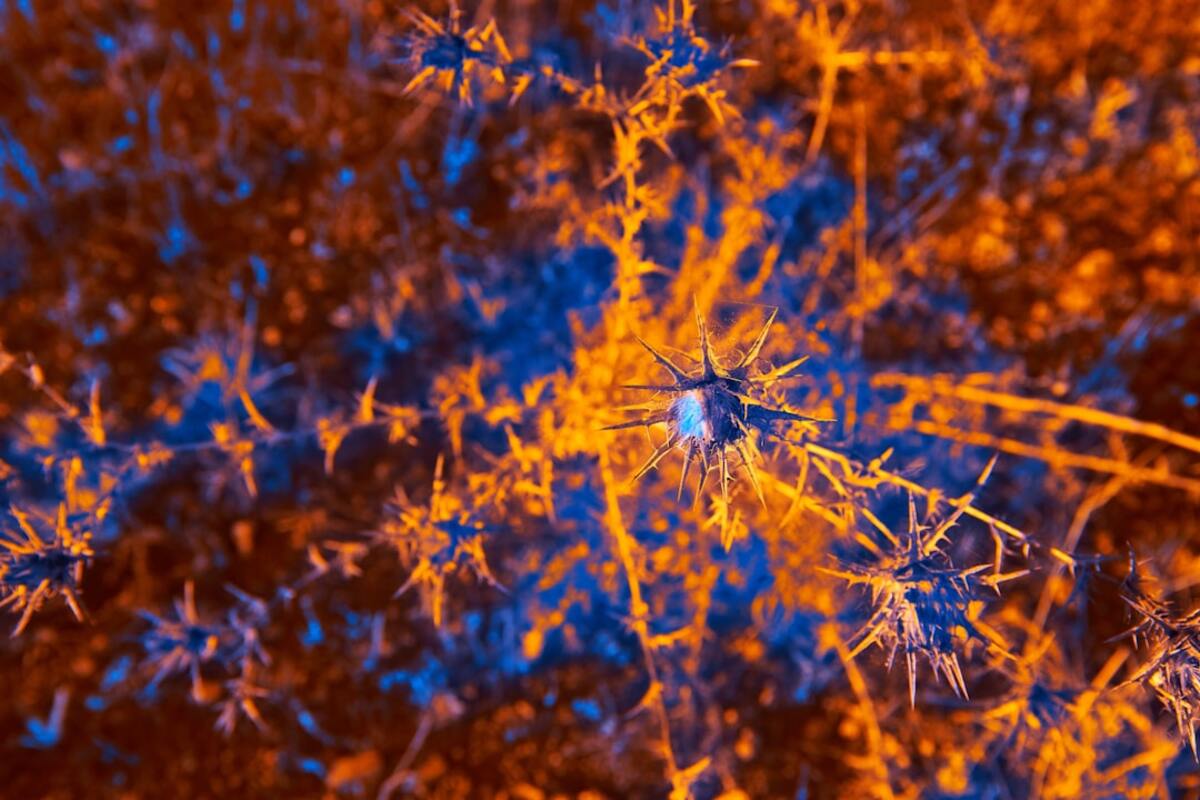Optogenetics: Illuminating the Brain's Mysteries
Delve into optogenetics, a groundbreaking technique using light to control neurons, promising significant advancements in neuroscience.

- Optogenetics offers precise control over neuron activity using light.
- This technique aids research in neural circuits and brain disorders.
- Challenges include ethical considerations and technological limitations.
Understanding Optogenetics
Optogenetics is a revolutionary research technique that combines genetics and optics to control and monitor the activities of individual neurons in living tissue. By using light to activate or inhibit neurons that have been genetically modified to express light-sensitive ion channels, researchers can study the complex workings of the brain with unprecedented precision. This approach has rapidly become a cornerstone in the field of neuroscience, allowing scientists to map neural circuits and understand how their interactions lead to complex behaviors, emotions, and even thought processes.
The origins of optogenetics trace back to the early 2000s when researchers discovered channelrhodopsins in algae, proteins that react to light and can be used to control neuron activity. By introducing these light-sensitive proteins into specific neurons, scientists can use flashes of light to turn neurons on or off, allowing for careful study of their functions and interactions.
Applications of Optogenetics in Research
The implications of optogenetics in research are vast. One of the most significant applications is in understanding brain disorders such as Parkinson's disease, schizophrenia, and depression. By modulating the activity of particular neural circuits, researchers can observe the changes in behavior and physiology that occur, leading to a deeper understanding of the underlying causes of these disorders and aiding in the development of targeted therapies.
Moreover, optogenetics is being used to explore the fundamental questions about how the brain processes information. For example, researchers can study how sensory information is transmitted and processed across different regions of the brain or how memories are formed and retrieved. By mapping these processes, optogenetics provides insights into the basic principles of cognition and consciousness.
Challenges and Future Directions
Despite its potential, optogenetics faces several challenges that need to be addressed. One of the primary concerns is the delivery of light to deep brain structures, as current methods often require invasive procedures that may not be suitable for all research scenarios. Advances in optical technologies and the development of less invasive methods are critical for expanding the use of optogenetics.
Another challenge is the ethical considerations associated with manipulating brain activity. As optogenetics becomes more sophisticated, questions about its use in humans, particularly in clinical settings, become increasingly relevant. Ethical guidelines and regulatory frameworks will need to be established to ensure that the potential benefits of optogenetics are realized responsibly.
In the future, technological advancements such as wireless and miniaturized light delivery systems, as well as the development of more sophisticated genetic tools, will likely enhance the capabilities of optogenetics. These innovations may broaden its applications beyond neuroscience, potentially impacting fields such as cardiology and immunology, where precise control of cell activity is crucial.
- Optogenetics offers unparalleled precision in controlling neuron activity, transforming neuroscience research.
- Applications in brain disorder studies hold promise for new therapeutic approaches.
- Ethical and technological challenges must be addressed for broader adoption and application.
